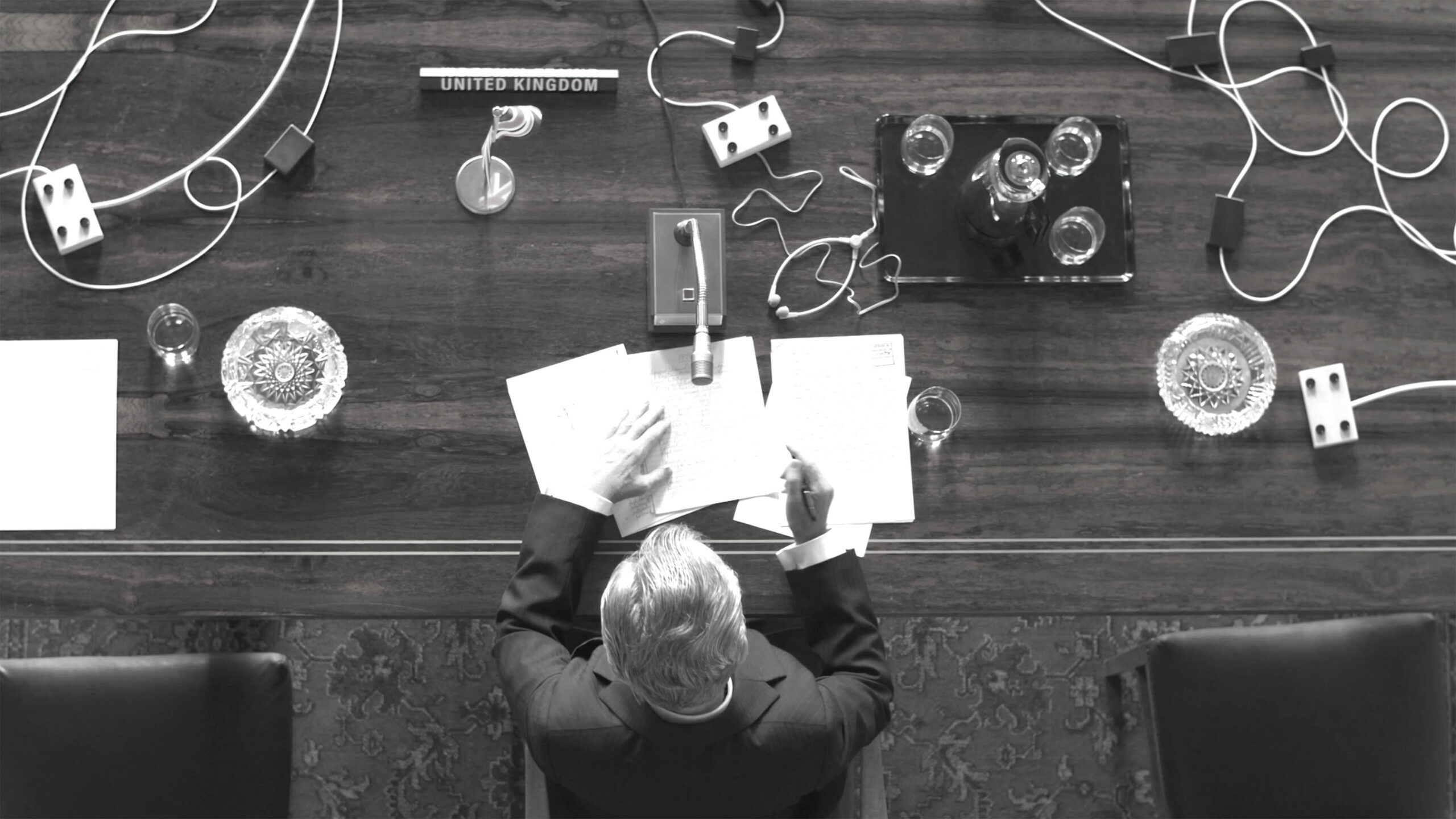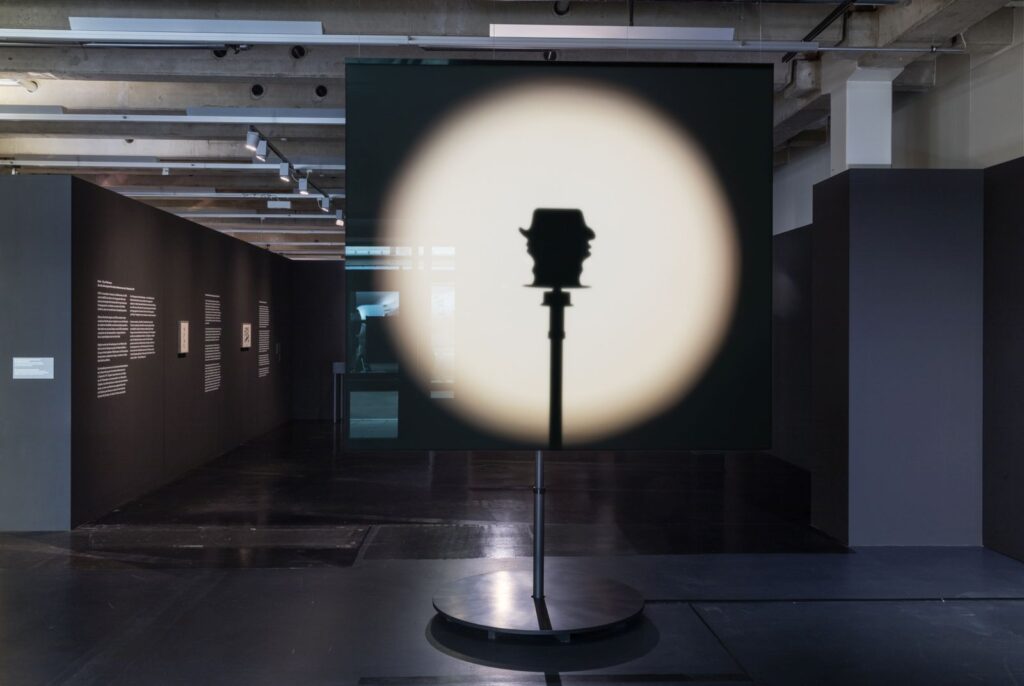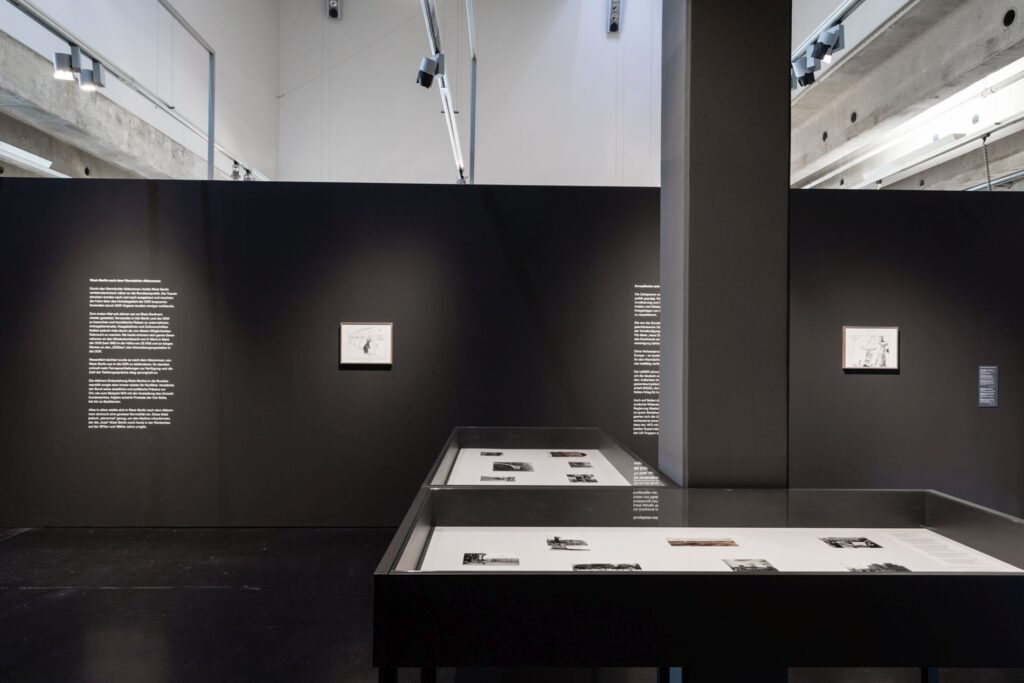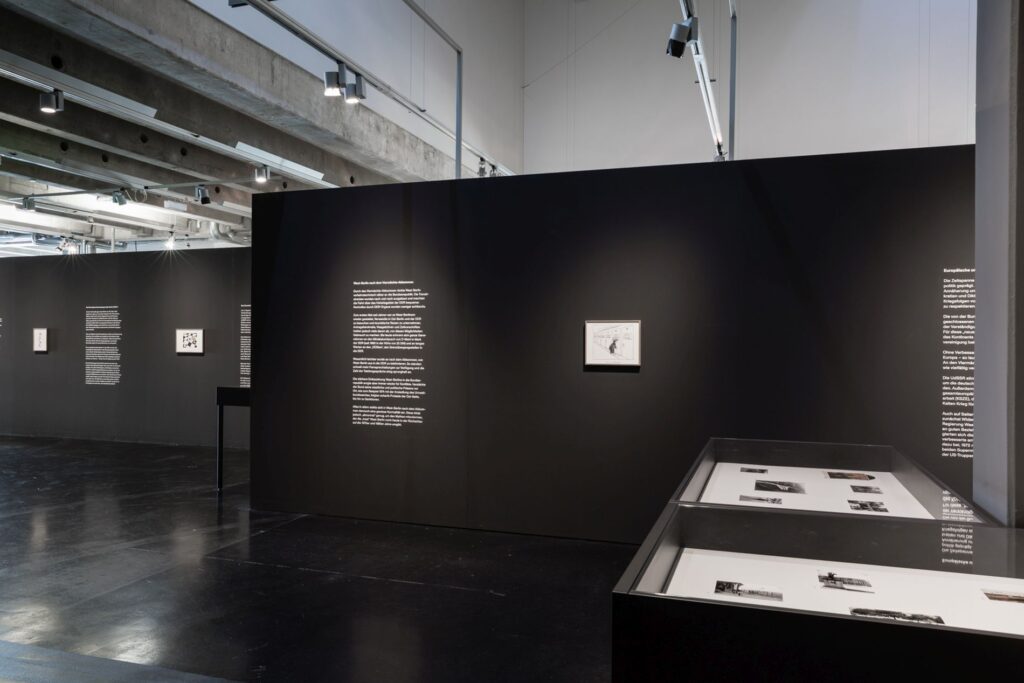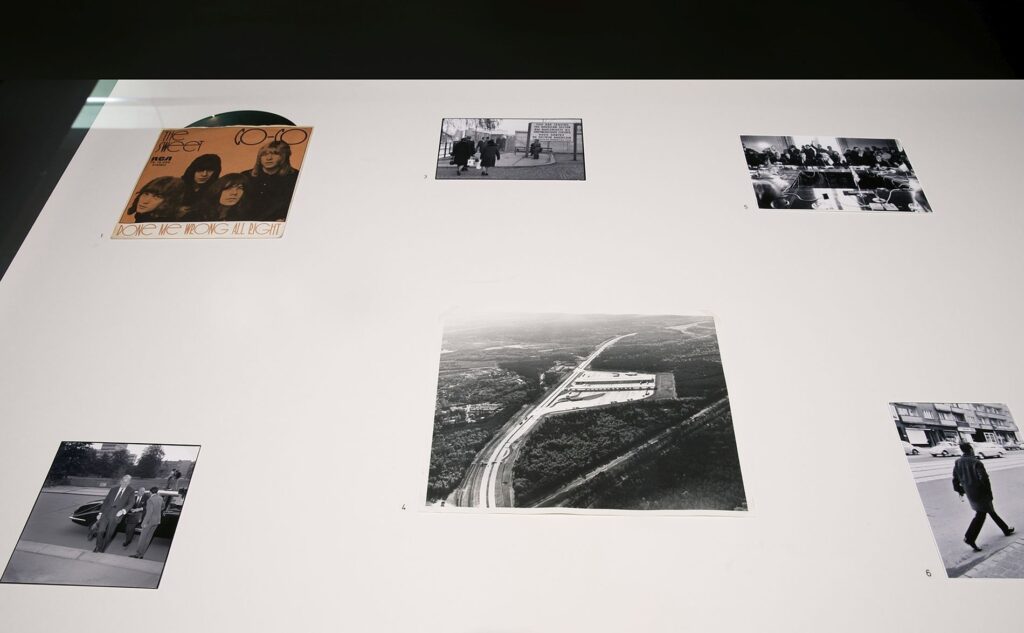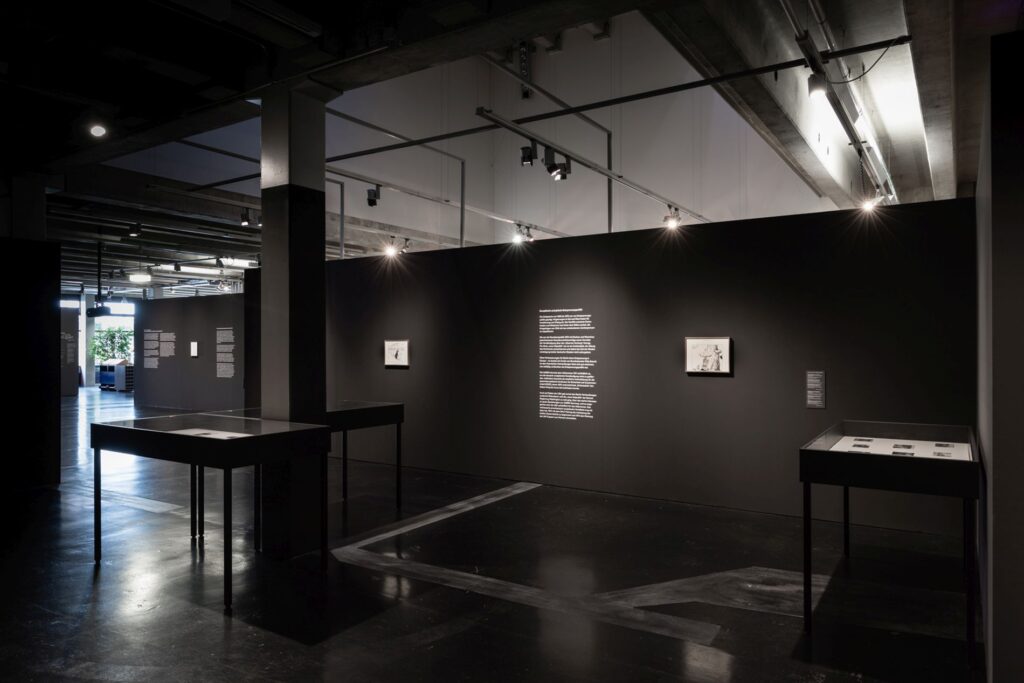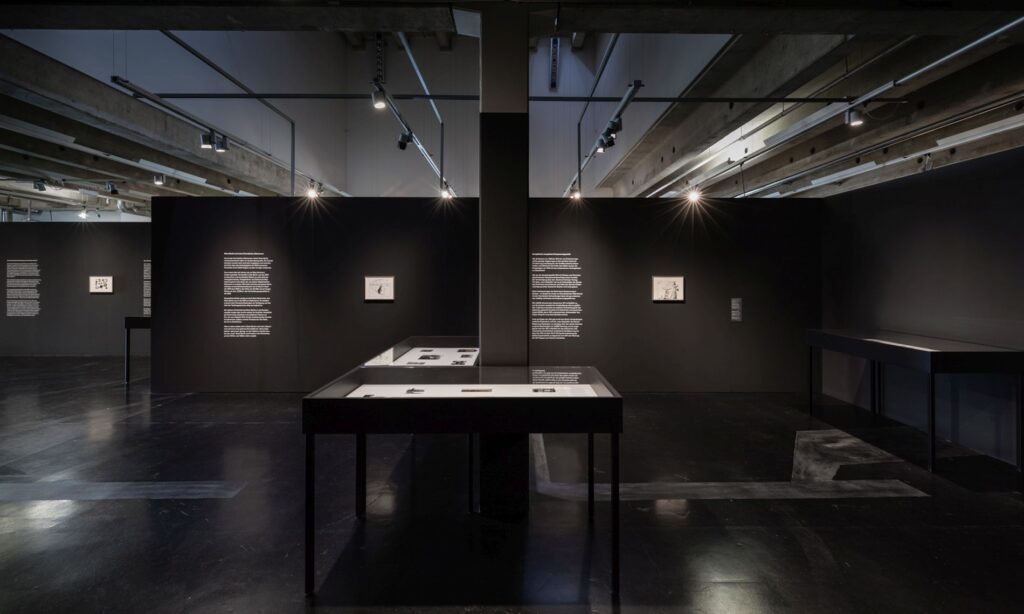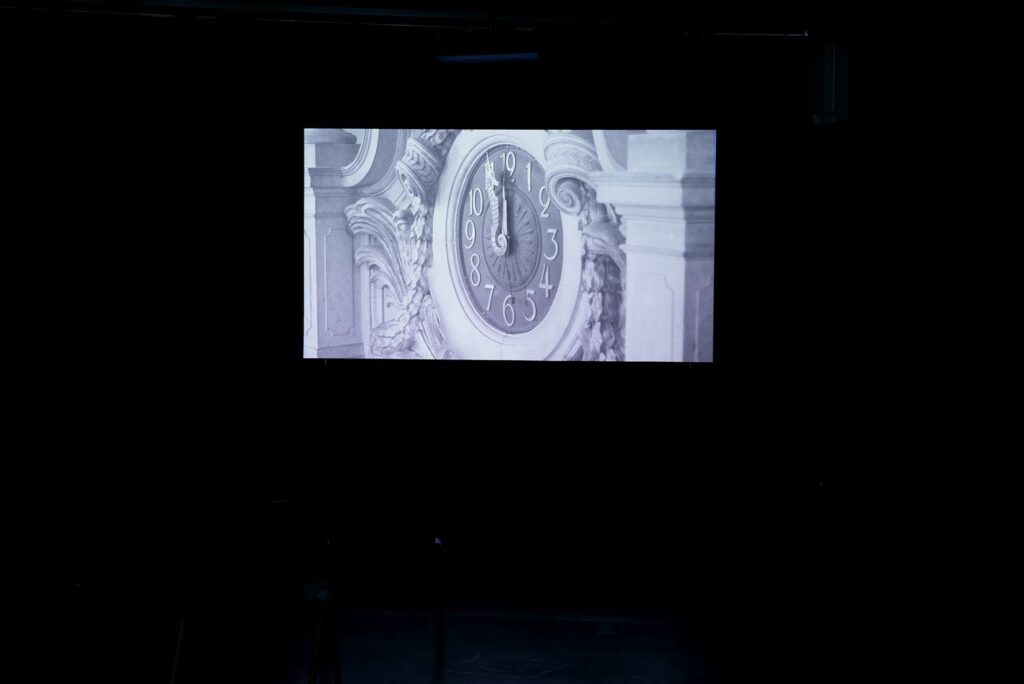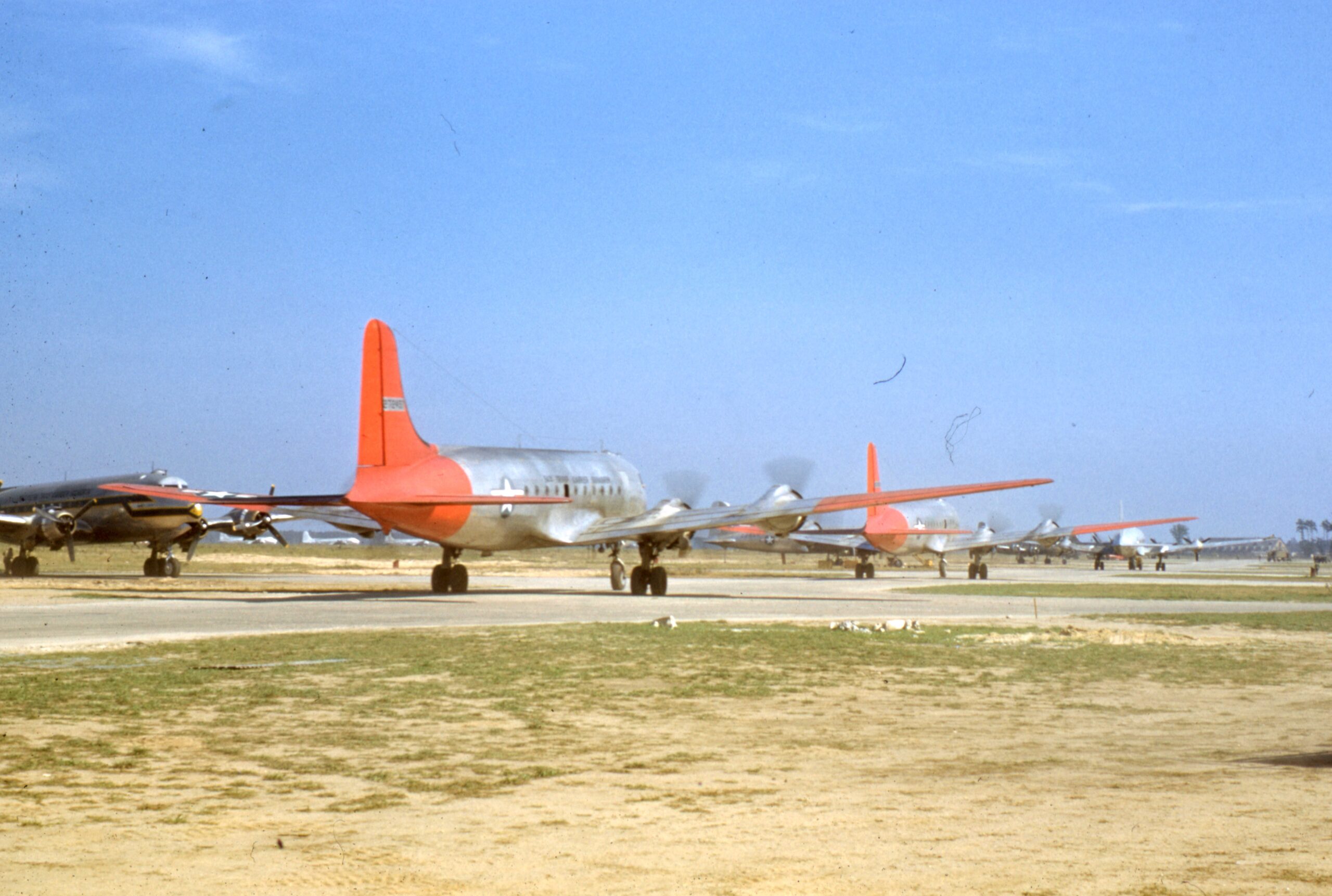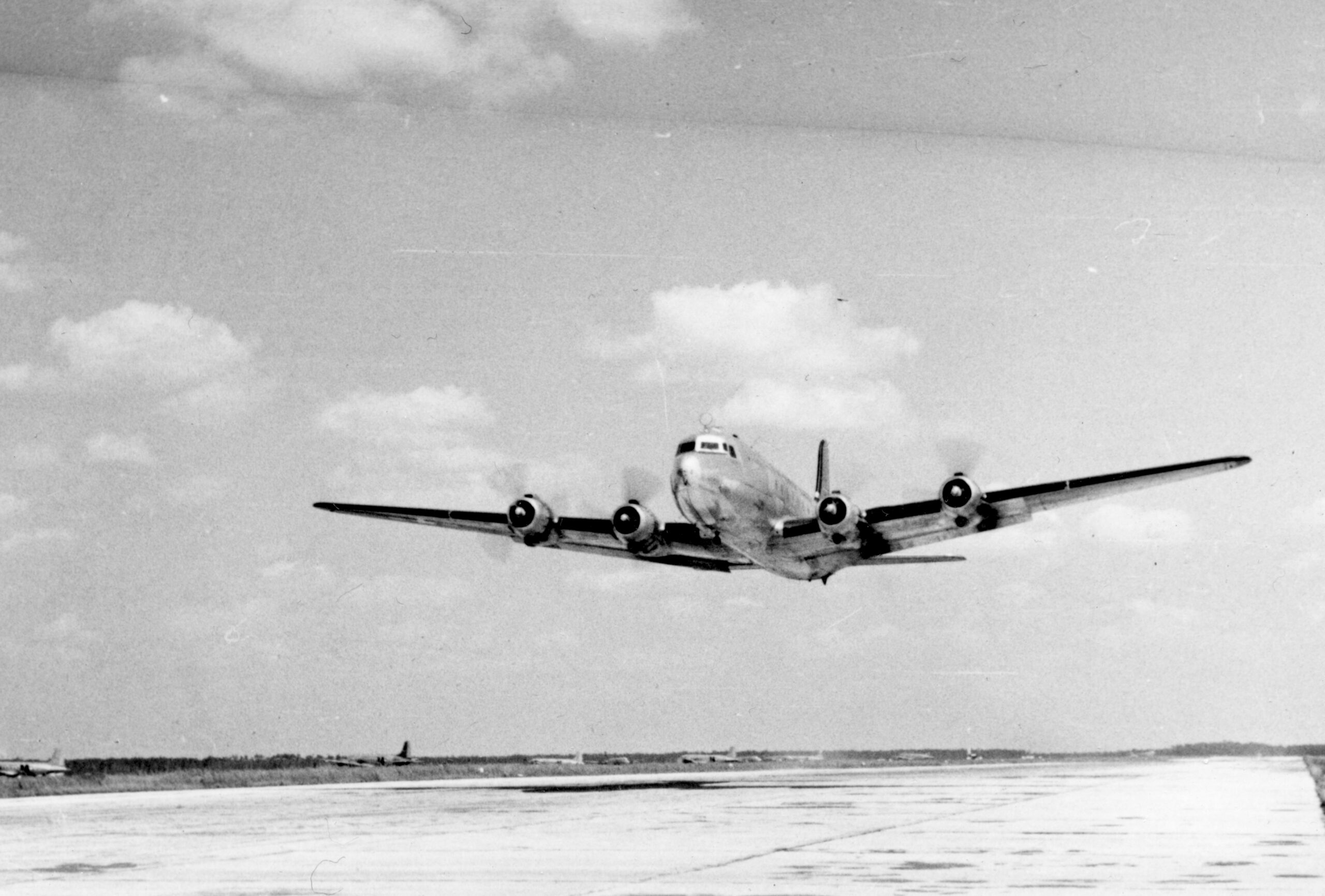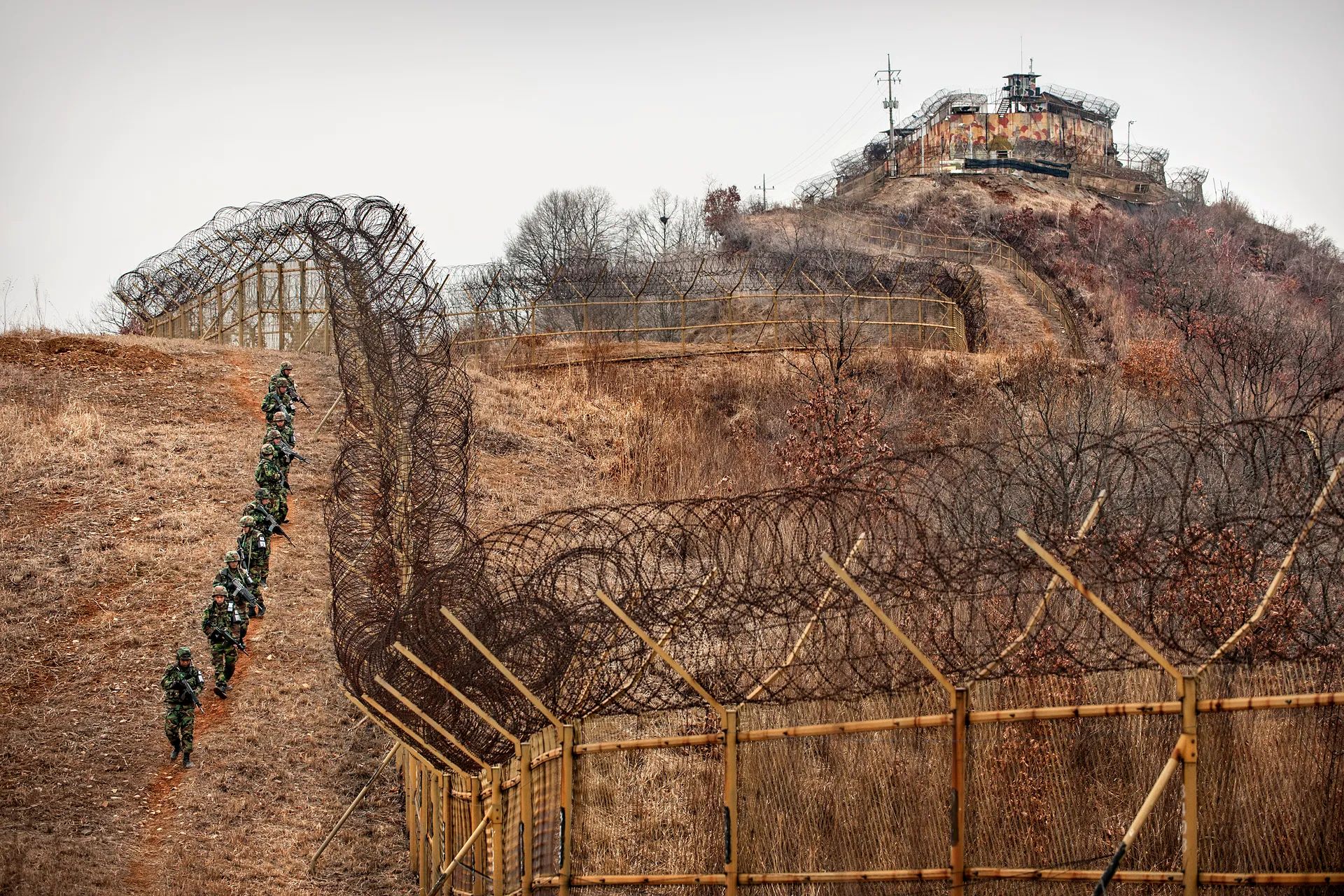Berlin – City of Relevance commemorates the 50th anniversary of the signing of the Quadripartite Agreement on Berlin on September 3, 1971. Curated by British artist Rick Buckley, the special exhibition explores new ways of displaying and interpreting historical objects. The Allied Museum holds three of the conference tables used in the negotiations. At the museum’s invitation, Buckley made them the subject of his work.
With a cinematic recreation, Berlin-based Buckley reconstructed the historical setting at the site of the original negotiations – the building that once housed the Allied Control Council, and is now a courthouse. The resulting video, “The Ambassador” is the centerpiece of the exhibition.
Since the end of the war in 1945, the former German capital had been under the joint administration of the four occupation powers, making it an ever-present bone of contention in the conflict between East and West. East Berlin had long since been integrated into East Germany, making it firmly part of the Soviet empire, while the situation in Berlin’s Western sectors had become increasingly precarious. An exclave entirely surrounded by East Germany, West Berlin was a part of West Germany, but the Bonn government had only very limited jurisdiction over it. So West Berlin’s status was relegated to a kind of limbo.
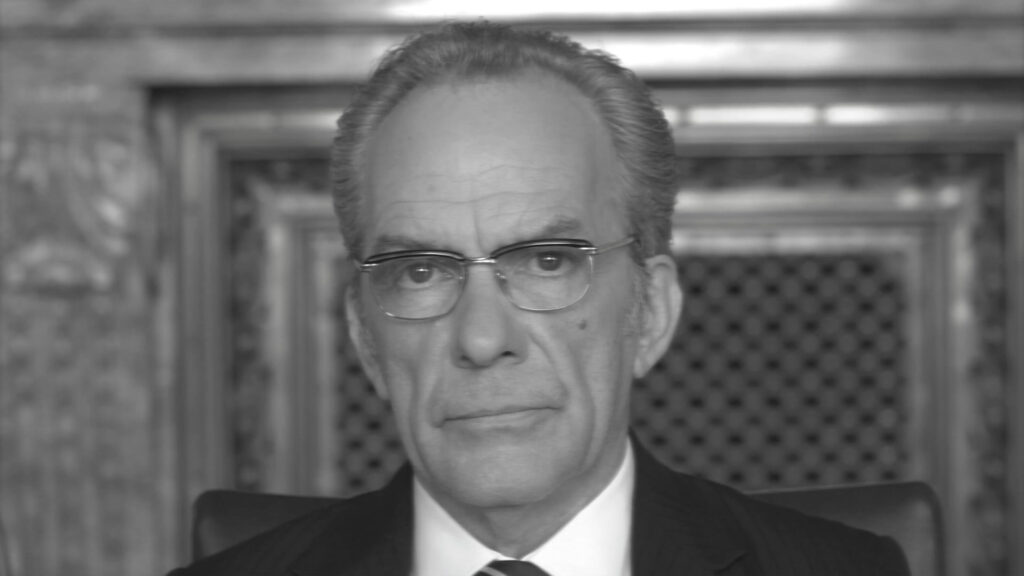
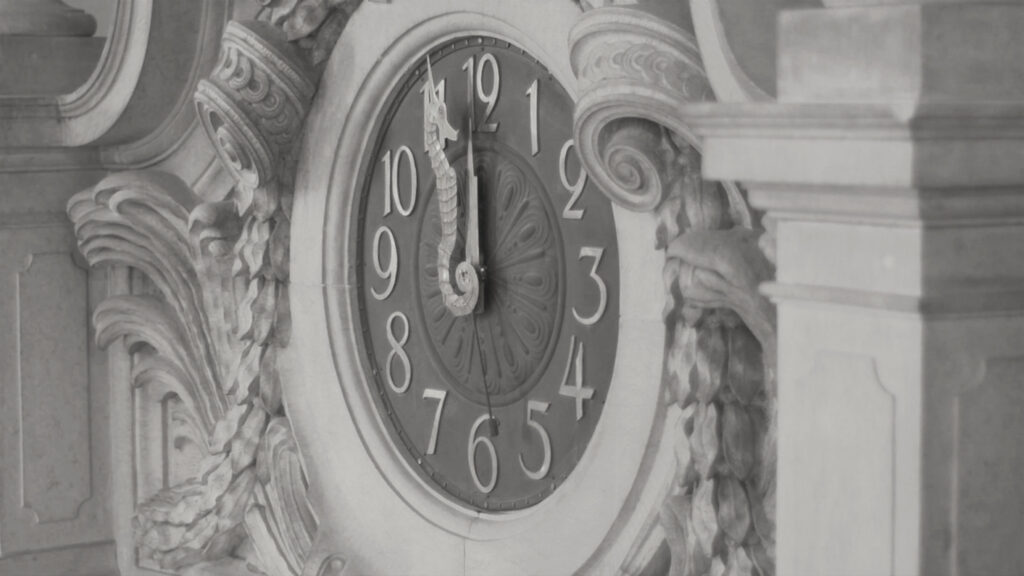
The negotiations that led to the Quadripartite, or Four Power Agreement, came in the wake of a relaxation of East-West tensions in Europe and in the global power struggle. The status of Berlin under four-power control remained unchanged, but the administration of the city became more stable with the USSR’s commitment to refrain from further changes that would benefit East Berlin. The Four Power Agreement included policies to facilitate smoother transit to and from West Berlin through East Germany, made it easier for West Berliners to cross back and forth into East Germany, and stabilized relations between West Berlin and West Germany.
In the wake of the Agreement, a certain degree of normalcy settled on geographically and politically isolated West Berlin. However, the situation remained “abnormal” enough to help shape the myths that surrounded the “island” of West Berlin in the 1970s and 1980s.
A central motif of Buckley’s work is exploring the uncertain and often indistinct boundaries between truth and myth, reality and fiction. He builds on the tradition of using artistic media – be it sculpture, photography, installation art, video/film, or books – to perpetuate and re-invent (hi)stories.


